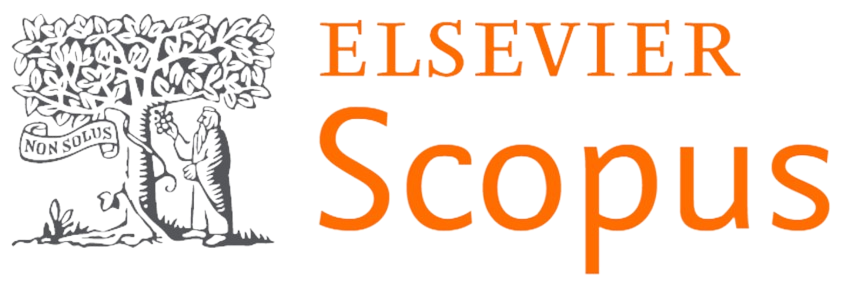A Comparative Study On Traditional Education System And Modern Education System
DOI:
https://doi.org/10.70135/seejph.vi.6502Abstract
The development of human civilization is significantly influenced by education. When it comes to teaching techniques, our society is divided into three groups: one group favours the traditional teaching methods, the second group favours modern teaching methods, and the third group is the one who supports the combination of both for effective teaching(Horn & Staker, 2014). Each form of education has a place and a purpose of its own. Although they differ from one another, traditional and modern education have a relationship with one another. There was a time in our nation's early history without schools. The children learned from, or were taught by, their ancestors. At the time, this knowledge was limited to what was needed to survive. They received instruction on their rituals, traditions, and faiths(Mukherjee, 2005). At the time, there was no appropriate educational system in place. In the past, Indian schools known as gurukuls were attended by the sons of the kings, and these gurukuls taught them the basic principles of leading an empire, including how to use various weapons, defend themselves, and attack rival (Sharma, 1996). These kinds of schools were not designed with the local community in mind. Only the royal families had access to it. The value of education expanded across the nation as a democratic government was put in place in the next few years. Any type of student might attend and learn at the newly created schools. Moreover, science and technology were beginning to advance throughout this period. It was possible to create new technologies (Kumar, 2005). Then the time arrived when these theories and technologies were being used broadly in daily life. Education was shaped by this. And thus, the modern educational system was established. The old educational system began to provide a way for more modern education (Nussbaum, 2009). Not everyone in the community agrees with this. Many believed that because modern education does not educate about religion, traditions, or customs, it is bad for children. Therefore, not every child received a modern education. Over time, though, everyone came to accept modern education. Today's education has progressed to unprecedented heights. Education has become significantly more enjoyable, simple, and engaging for learners as the outcome of the integration of science and technology into methods of learning. Compared to a few years ago, the status of education now is entirely different (Siemens, 2005).Traditional education is now seen as inadequate, similar to how modern education was not considered satisfactory then. The system of education must evolve to meet the demands of society as a whole. Furthermore, society as a whole must accept this paradigm change. Not all children had the intention of getting the traditional education offered in schools (Rao, 2017).Among the children, there was a great deal of bias. Everyone ought to have access to modern education. A modern education is available to everyone who enrols in school. The current educational approach is certainly better than the previous educational approach. Both the content and comprehension have improved. Rather than cramming knowledge, it emphasises comprehension. Since every form of education has value in its own right, we are unable to determine which is superior(Garrison & Kanuka, 2004).. Each type differs from the other while still being comparable to the other. From traditional education, modern education has descended. We have lost our culture as a result of the neglect of traditional educational institutions brought about by modern education. There should be equal importance given to both traditional and modern forms of education(Mishra, 2020).
Downloads
Published
How to Cite
Issue
Section
License

This work is licensed under a Creative Commons Attribution-NoDerivatives 4.0 International License.

